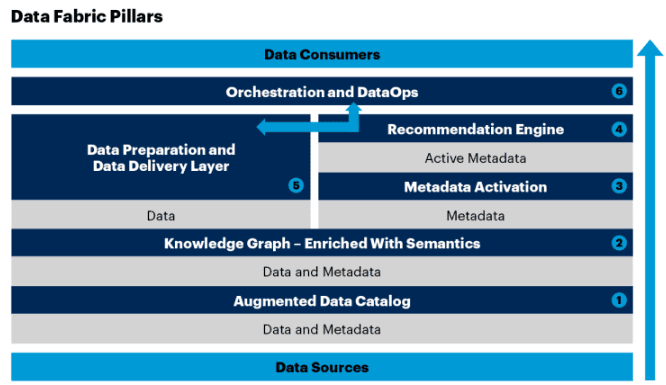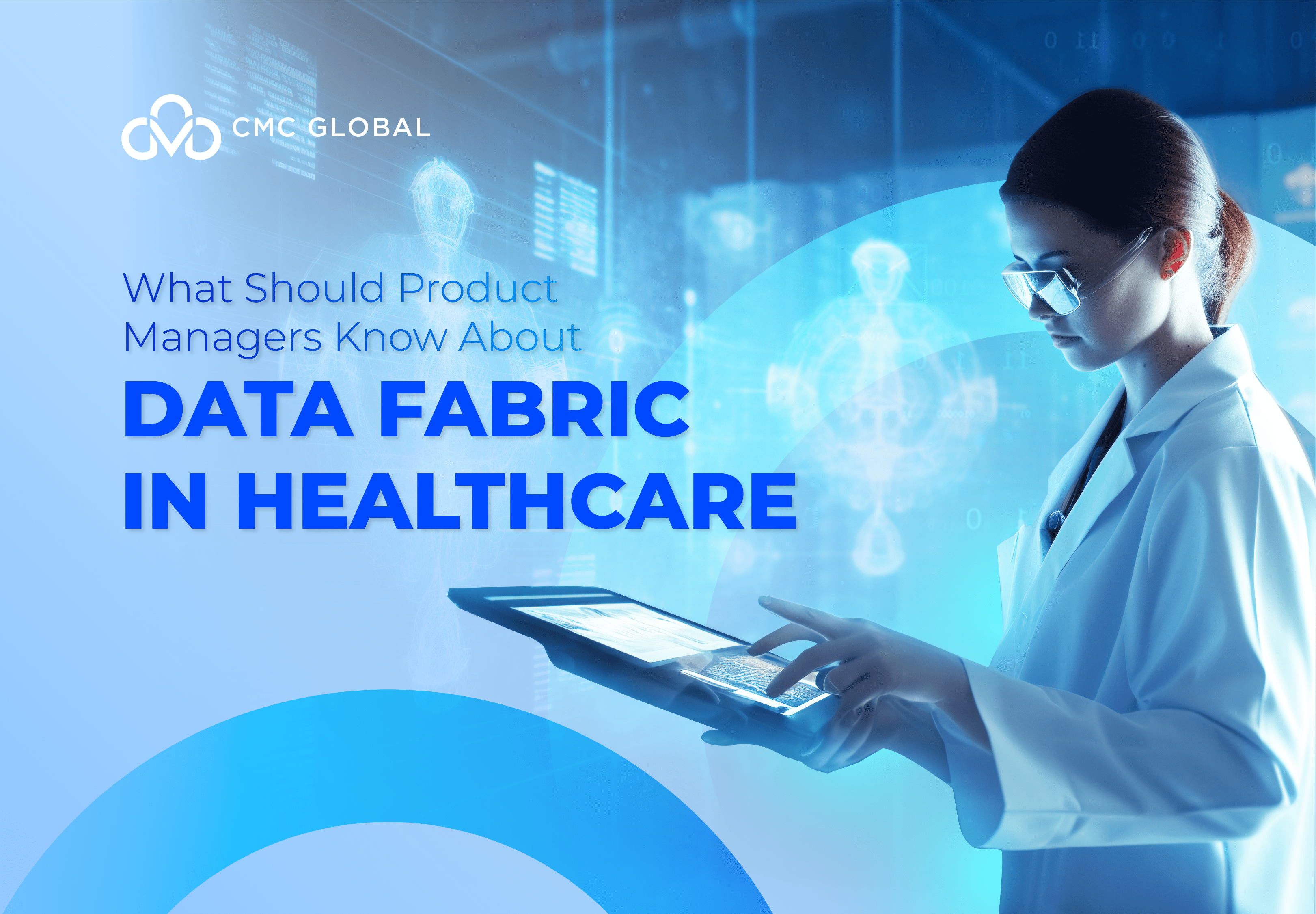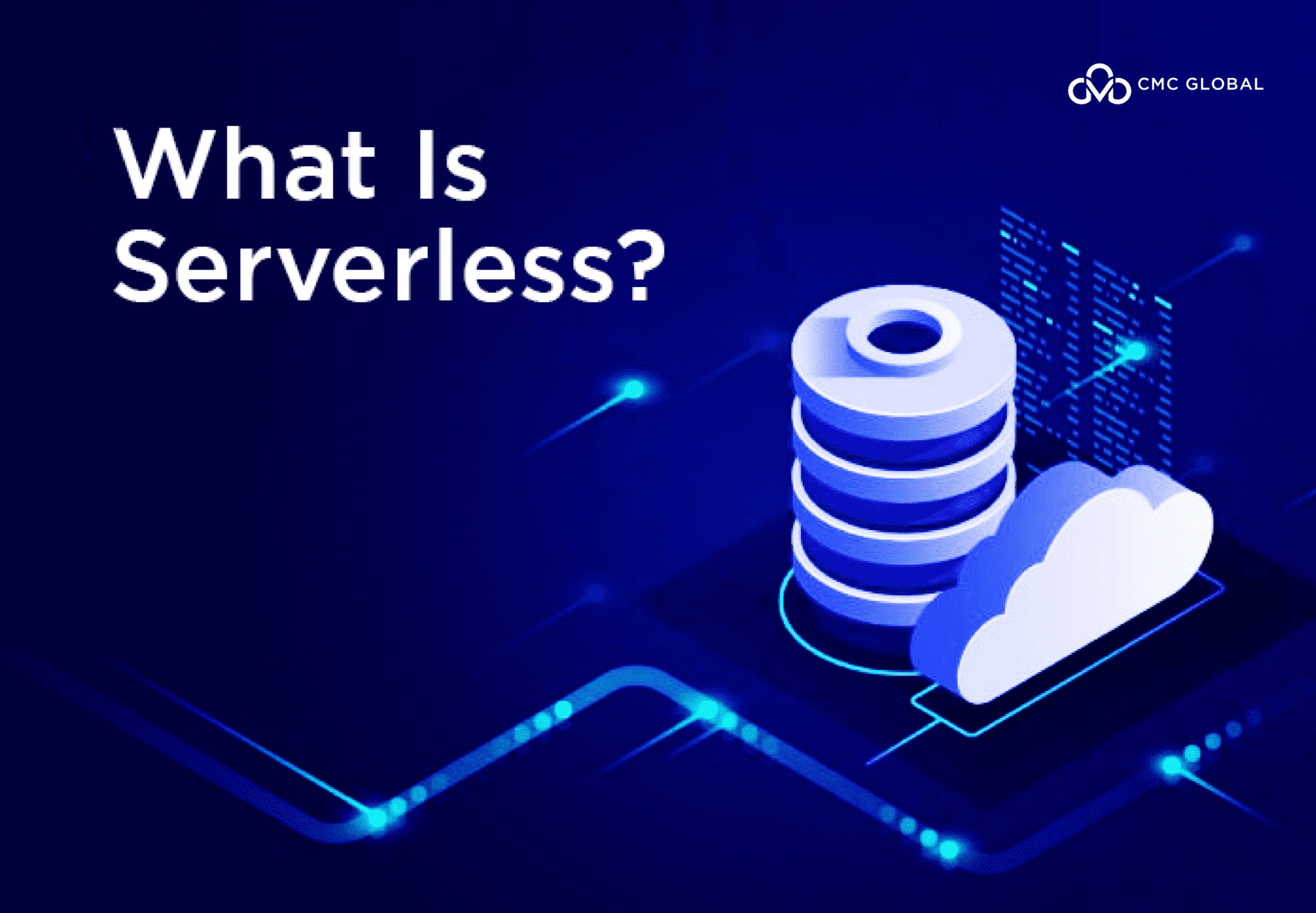In an era where digital innovation is reshaping industries across the globe, the healthcare sector stands on the precipice of a transformative journey. As healthcare providers strive to embrace the power of data-driven decision-making, an architectural concept emerges as a method of efficient organization and seamless integration: the application of data fabric.
This visionary approach offers a unique solution to the intricate challenges that healthcare professionals encounter in managing, retrieving, and utilizing diverse patient data. By combining various data sources, streamlining access, and harmonizing data retrieval processes, the implementation of data fabric within the healthcare industry has the potential to revolutionize patient care, enhance medical research, and foster an ecosystem where data can truly thrive.
From Data Lakes to Data Fabric: Transform Data Architecture
Traditional data warehouses and data lakes are rapidly spreading throughout the healthcare sector, increasing isolated data repositories and worsening the complexities of extracting insights from diverse data sources and structures. Currently, this responsibility rests on the shoulders of data scientists, who are tasked with manually identifying how to amalgamate various data sources for analysis. However, the introduction of a data fabric can automate the process.

Figure 1: From Data Lake to Data Fabric
A data fabric represents a framework designed to achieve adaptable and reusable data by automating integration pipelines, services, and contextual meanings. This framework harnesses the power of data integration, dynamic metadata, knowledge graphs, machine learning, and data cataloging. Moreover, it accommodates various operational and analytical applications across various platforms, significantly streamlining processes.
Data Fabric is Core to Health Digital Platforms
Within the healthcare industry, the data and analytics platform holds a central role in healthcare institutions’ strategic digital transformation initiatives (refer to Figure 1). As these organizations expand their data and analytics platforms, the task of arranging data sources in a comprehensible manner becomes challenging.

Figure 2: Data Fabric Pillars
This is precisely where the data fabric comes in, as an intermediary layer between data sources and consumers. Acting as an intermediary, the data fabric discerns and extracts precise components from each data source in response to user queries. Subsequently, it binds and arranges these components, simplifying the process of accessing and comprehending data from diverse sources.
Positioned between the data recipient and data origins, the data fabric possesses an understanding of user requirements, identifies relevant sources, navigates data retrieval, and amalgamates information adeptly to meet the user’s specific needs.
How Data Fabric Can Support Healthcare Organizations
The healthcare sector presents a distinct demand for a data fabric architecture. One key application of data fabric within healthcare is retrieving patient medical records. Healthcare professionals regularly seek daily data, such as fundamental demographic details like name and birthdate, from a patient’s electronic health record (EHR). These types of queries are performed numerous times in a standard year. At the same time, a patient may also wish to extract similar information using a smartphone mobile app to access their medical history.

Figure 3: How Data Fabric Can Support Healthcare Organizations
The data fabric will establish a connection between these two kinds of queries and determine the necessary data sources to effectively fulfill each request with accurate information. It will also differentiate between two types of requestors for the same data: healthcare providers and patients. The data fabric will precisely format the data as required by the requesting party and deliver it in a suitable manner.
For product leaders, the data fabric represents a substantial opportunity. Its capability to promptly address appropriate queries with accurate data lies at the core of what enhances an EHR system’s effectiveness from a provider’s perspective. Consequently, a data fabric has the potential to surpass the data retrieval capacities of EHR systems and ultimately uphold the original commitment of EHR systems to offer the correct data to the suitable user precisely when needed.
What Should Product Managers Know About Data Fabric in Healthcare
- Implementing a data fabric architecture becomes essential during healthcare providers’ adoption of digital transformation and the growing intricacy of data. This architecture plays a crucial role in structuring data in a manner that is more user-friendly for both staff and other consumers of data.
- The data fabric serves the vital purpose of meeting the data demands of healthcare end users by skillfully coordinating their requisites. It does so by utilizing its understanding of how data is utilized within the organization. This includes identifying the appropriate data sources to utilize and effectively formulating queries to retrieve the necessary data accurately.
- Particularly within the healthcare domain, the data fabric is central to the digital health platform (DHP). It plays an important role in facilitating smoother, integrated experiences tailored to different roles. This is achieved by allowing applications to seamlessly draw data from various sources, enhancing the overall digital encounter.

Figure 4: What Should Product Managers Know About Data Fabric in Healthcare
Collaborate with a Trusted Data Analytics Services Partner
If your business wants to build a data architecture to make data-driven decisions, Data Fabric can help simplify data access in a business and enable self-service use of data. Through integrated end-to-end data management capabilities, teams may leverage this architecture to automate data discovery, governance, and consumption.
We work with all types of businesses that use data analytics and can assist you in incorporating it into your business plan. When your in-house team lacks data analytics expertise, you can turn to a business like CMC Global for assistance. Schedule a free consultation to discuss your IT requirements.




